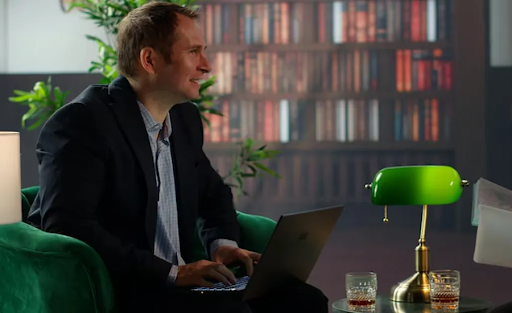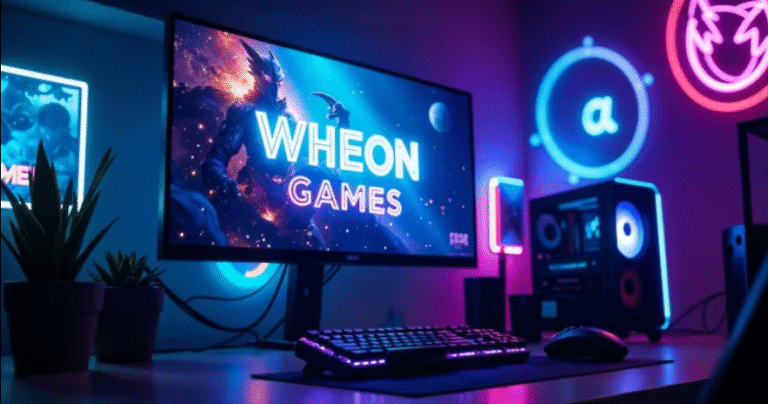Soutaipasu: Understanding the Power of Relative Paths
When working in technology—whether it’s coding, designing websites, or organizing project files—one of the most overlooked details is how files connect with each other. That’s where soutaipasu comes in. More than just a buzzword, soutaipasu refers to the methodical and efficient use of relative paths, helping files adapt, move, and stay functional without unnecessary headaches.
If you’ve ever experienced the frustration of broken links, missing images, or project files refusing to load after being moved to another folder, then you’ve already brushed up against the importance of soutaipasu. It may sound like a complex term, but at its heart, soutaipasu is simply about making your file structures smarter and more reliable.
What Does Soutaipasu Really Mean?
At its core, soutaipasu deals with relative paths—the directions your system uses to locate a file in relation to another. Instead of pointing to one fixed, absolute location on your computer or server, soutaipasu allows files to communicate based on their relationship.
Think of it like giving directions. An absolute path is like saying, “Go to 123 Main Street in Springfield.” That address is fixed and doesn’t change. A relative path, however, is more like saying, “Go two blocks north from where you are.” That direction adapts depending on your current location. Soutaipasu emphasizes the second approach, giving your files flexibility to move without breaking.
Why Soutaipasu Matters in Everyday Projects
You may wonder—why not just stick with absolute paths? They seem clear and precise. The problem is that absolute paths lock you into one rigid structure. Move the project to another computer, upload it to a server, or share it with a teammate, and suddenly all your links stop working.
Soutaipasu avoids that pitfall. By relying on relative paths, your project becomes portable and adaptive. A folder full of code, images, and styles can move anywhere as long as the relationships between the files remain intact. It’s like carrying around a flexible roadmap instead of being tied to one city forever.
For example, if your HTML file references an image using soutaipasu principles, you can move the entire folder to another computer, and the browser will still know how to find the image. Without it, you’d spend hours rewriting broken links.
A Simple Example of Soutaipasu
Let’s say you have a project folder with the following structure:
project/
index.html
images/
logo.png
styles/
main.css
If your HTML file references images/logo.png instead of an absolute path like C:/Users/John/Desktop/project/images/logo.png, it will always find the image no matter where the folder is moved. That’s soutaipasu in action—building adaptability directly into your file system.
This simple difference can save countless hours of troubleshooting, especially when projects grow larger or involve multiple contributors.
The Philosophy Behind Soutaipasu
Beyond the technical definition, soutaipasu is about adopting a mindset of efficiency and foresight. Instead of thinking only about how your project works on your own machine today, it encourages you to think about how it will behave tomorrow, on another device, or in another environment.
This philosophy reflects some bigger ideas:
- Adaptability: Systems should move and grow without breaking.
- Collaboration: Projects should work seamlessly when shared among team members.
- Longevity: Good file structure today prevents problems months or years down the road.
In this way, soutaipasu is not just a tool for coders—it’s a principle that can be applied to any organized workflow.
Soutaipasu in Web Development
One of the most common places where soutaipasu shows its value is in web development. Websites are made of interconnected pieces—HTML, CSS, JavaScript, images, videos, fonts, and more. Each of these components needs to point to one another to function properly.
If a web developer uses absolute paths while building locally, the site might look perfect on their own machine. But as soon as it’s uploaded to the internet or moved to a different directory, the links break. Soutaipasu prevents this mess by ensuring that references remain intact regardless of where the files are stored.
For instance, a stylesheet linked with <link rel="stylesheet" href="styles/main.css"> will always be found as long as the folder structure stays consistent. Compare that to an absolute link like C:/Projects/Website/styles/main.css, which will immediately fail on a server.
Soutaipasu in Collaboration
In modern work environments, projects rarely belong to just one person. Designers, developers, writers, and managers often collaborate on the same files. When each person has a different operating system or file structure, absolute paths quickly become a nightmare.
Soutaipasu makes teamwork easier. Because relative paths adapt to their surroundings, projects can move from one computer to another with minimal adjustments. Everyone can work on the same folder structure without worrying about personal setups.
This adaptability also extends to version control systems like GitHub, where files are constantly being pushed, pulled, and merged across different machines. Soutaipasu ensures that those changes don’t break the underlying structure.
Soutaipasu Beyond Technology
While soutaipasu is rooted in the technical world, the mindset it encourages applies to broader areas of life and work. Think about how we organize documents, store photos, or even structure businesses. Flexibility and adaptability are always more sustainable than rigid, absolute systems.
A soutaipasu approach means designing systems that can evolve. Instead of creating processes that only work under one exact condition, you create frameworks that can adjust when circumstances change. This principle is as useful for project managers as it is for programmers.
Common Mistakes Without Soutaipasu
It’s easy to underestimate the importance of soutaipasu until things go wrong. Here are some common mistakes people run into when they don’t use it:
- Broken images on websites after moving folders.
- Non-functioning stylesheets when a project is uploaded to a server.
- Collaboration conflicts, where one teammate’s links don’t match another’s system.
- Time wasted debugging paths instead of focusing on creativity and problem-solving.
These issues might seem small at first, but in professional projects they can cost hours, missed deadlines, and even client trust. Soutaipasu avoids these unnecessary pitfalls by setting up a smarter foundation from the beginning.
How to Practice Soutaipasu
Putting soutaipasu into practice isn’t complicated, but it does require consistency. Here are some tips:
- Keep projects organized: Use a clear folder structure with dedicated places for images, styles, scripts, and other assets.
- Think relationally: Always reference files based on their location relative to the current file, not based on your desktop or system drive.
- Test in different environments: Move your project to another folder or device and make sure everything still works.
- Collaborate early: Share your project with a teammate to confirm that the file structure adapts correctly.
- Stay consistent: Once you establish a soutaipasu-friendly workflow, stick to it. Consistency prevents mistakes later.
The Future of Soutaipasu
As technology evolves, projects will only become more complex. Cloud storage, team-based development, and cross-platform workflows demand systems that can adapt and remain functional anywhere. Soutaipasu provides a foundation for that adaptability.
Whether you’re a solo coder building a personal project or part of a large team managing enterprise-level applications, the principles of soutaipasu will continue to grow in importance. Flexibility, efficiency, and foresight are values that will never go out of style.
Final Thoughts
The concept of soutaipasu may sound technical at first, but at its heart, it’s about something deeply practical—making sure our work is flexible, portable, and reliable. By using relative paths wisely, we save ourselves from unnecessary frustration and open the door to smoother collaboration and stronger projects.
More than just a method, soutaipasu is a mindset. It teaches us to think ahead, design with adaptability in mind, and respect the relationships between different parts of a system. And that’s a lesson that goes far beyond coding—it’s a philosophy of building things that last.
In the end, soutaipasu isn’t just about file paths. It’s about creating structures—whether digital or physical—that can move, change, and thrive no matter where life takes them.






